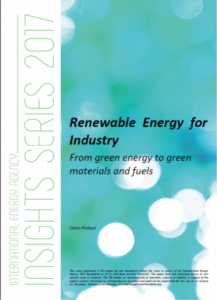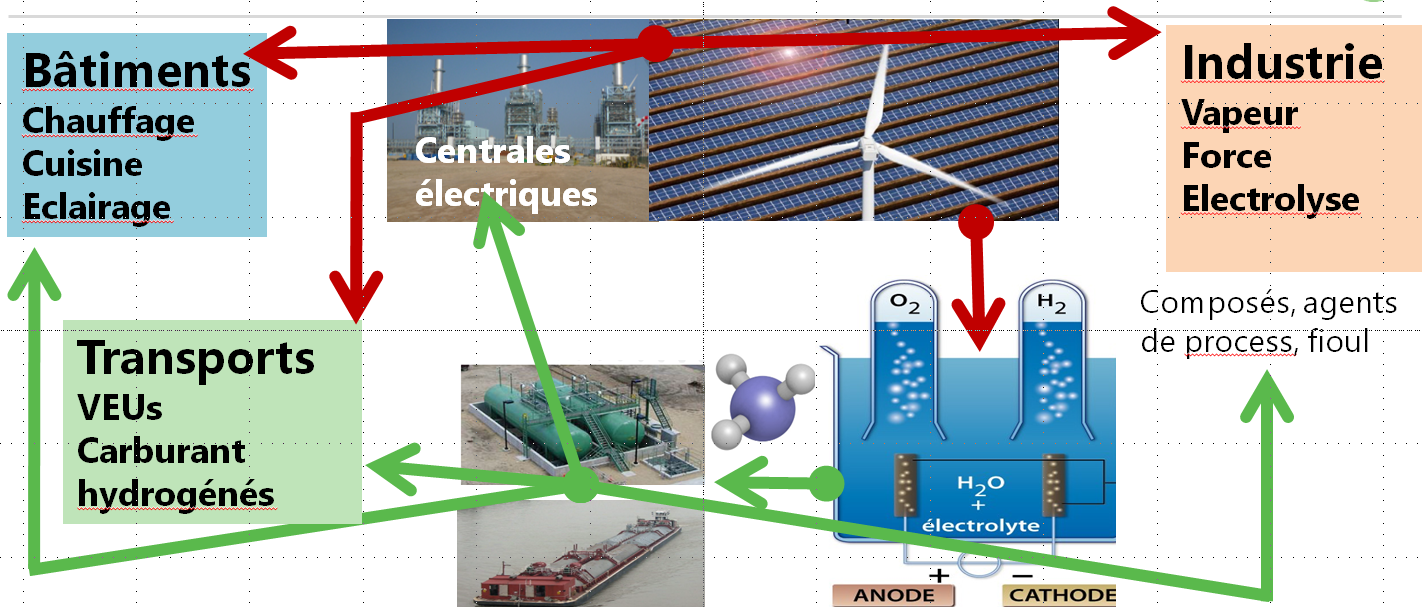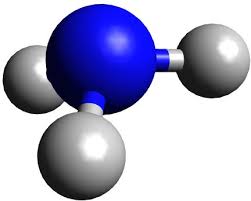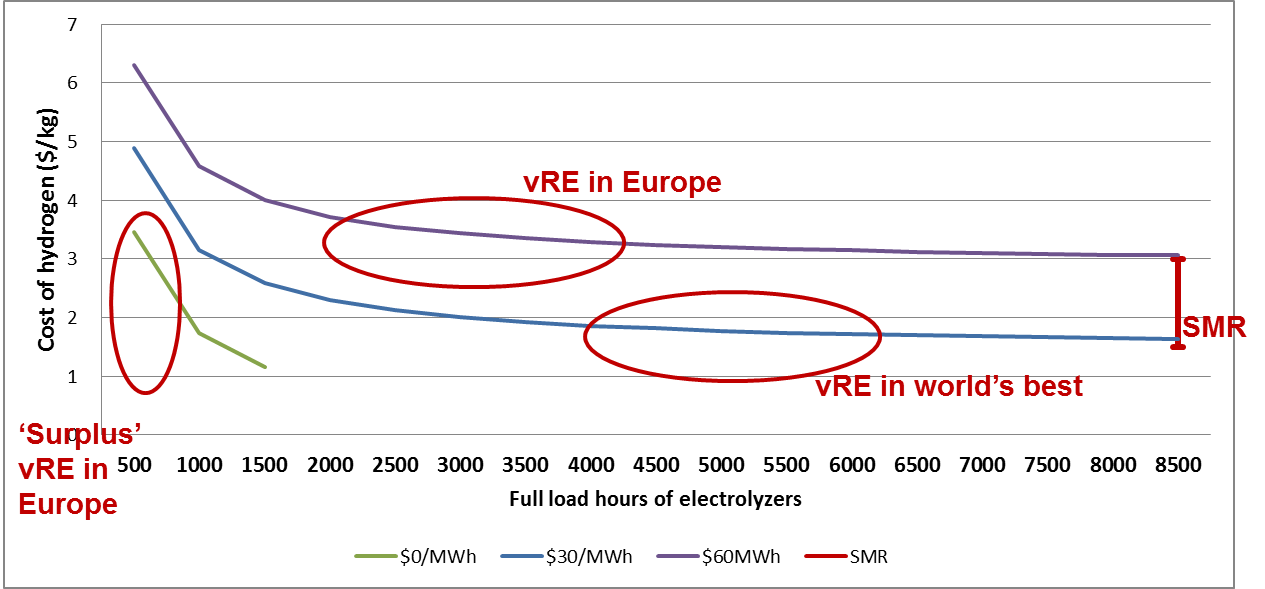Pour vraiment décarboniser notre économie et arriver aux émissions nettes nulles de CO2 qui seules peuvent stabiliser les concentrations de gaz carbonique dans l’atmosphère, il nous faudra beaucoup, beaucoup d’énergies renouvelables. Et on ira sans doute les chercher… là où elles abondent. C’est du moins ce que je pense montrer dans ce rapport de l’AIE sur les renouvelables pour l’industrie.
 Où faut-il chercher les meilleures resources d’éolien et de solaire? Cette carte, établie par les chercheurs de l’université de Lappeenranta en Finlande, indique en jaune tournant à l’orange puis au rouge les zones où la combinaison éolien et solaire est la plus productive. Elle est mesurée par le facteur de capacité, exprimé en équivalent heures pleines, d’un mix éolien et solaire, après déduction des kwh en excès lorsque la puissance effective de 1 MW d’éolien et 1 MW de solaire dépasserait 1 MW au total.
Où faut-il chercher les meilleures resources d’éolien et de solaire? Cette carte, établie par les chercheurs de l’université de Lappeenranta en Finlande, indique en jaune tournant à l’orange puis au rouge les zones où la combinaison éolien et solaire est la plus productive. Elle est mesurée par le facteur de capacité, exprimé en équivalent heures pleines, d’un mix éolien et solaire, après déduction des kwh en excès lorsque la puissance effective de 1 MW d’éolien et 1 MW de solaire dépasserait 1 MW au total.
Dans ces zones rouges – le sud marocain et la Mauritanie, la corne de l’Afrique, le nord du Chili, la Patagonie, l’Australie occidentales, mais aussi le Tibet, et le middle-west américain, le nord-est du Brésil, fournissent les meilleures ressources: à coût d’investissement comparable, le kWh y sera le moins cher, et largement disponible, ce qui aiderait beaucoup au fonctionnement technique et à l’équilibre économique des investissements qui pourraient être faits pour transformer cette électricité, via électrolyse de l’eau, en une forme d’énergie facilement stockable et exportable – allez, au hasard, de l’ammoniac…
Mais comment direz-vous, tout l’intérêt des renouvelables ne tient-il pas dans leur bonne repartition globale – il y a au moins un peu de soleil et de vent partout, ce qui n’est pas le cas des combustibles fossiles…? En fait non, c’est certes un atout mais íl ne faut pas s’en tenir là, la sécurité énergétique ce n’est pas l’autonomie, c’est la diversité des produits et des producteurs, et il ne faut pas être jusqu’auboutiste du « local is beautiful ». Dès lors qu’on a besoin d’un produit vraiment stockable, il est également transportable sur la longue distance, par bateau le surcoût énergétique reste très faible, alors pourquoi vouloir à tout prix tout faire « chez nous », si c’est deux ou trois fois moins cher plus loin, non pas parce qu’on y paie pas la main d’oeuvre ou qu’on y déverse pollutions et déchets, mais parce que le soleil y brille et le vent y souffle plus fort et plus longtemps. Et il faudrait ajouter, si dans notre Europe bien peuplée on arrive déjà à un taux très élevé de renouvelables dans le mix électrique il restera beaucoup à faire pour décarboniser au-delà l’ensemble du mix énergétique et non, on n’arrivera peut-être pas à mettre des panneaux PV et des turbines partout – alors que certains territoires très ventés et ensoleillés sont souvent très peu peuplés (ce n’est peut-être pas une coincidence).
Pour vraiment décarboniser notre économie, non seulement la production actuelle d’electricité mais aussi les transports et l’industrie – surtout l’industrie, avec l’acier, le ciment, les produits chimiques, les économies d’énergie et les renouvelables à proximité immediate ne suffiront pas. Il en faudra advantage, qu’on ira chercher un peu plus loin, ainsi qu’on le fait pour les ananas ou le café qui ne poussent pas vraiment en Europe. Et tout le monde – exportateurs et importateurs – devrait y gagner.
Voilà une des choses que je discute dans ce papier, Renewable Energy for Industry, disponible le 9 novembre 2017 sur le site de l’aie, www.iea.org, allez à publications puis à insight papers.








